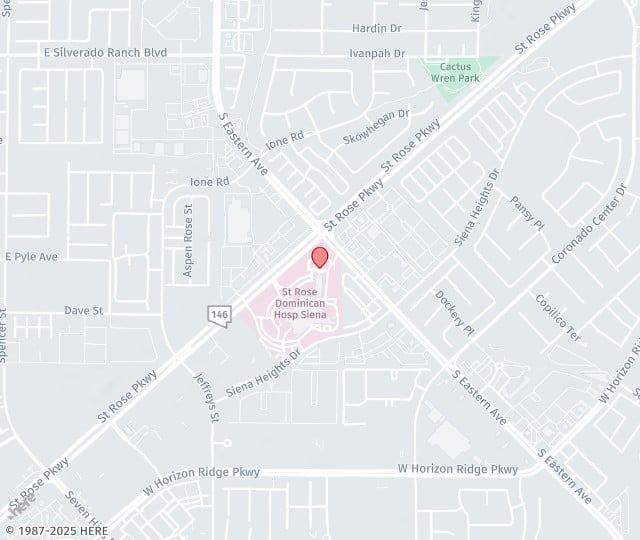Characteristics of tubular breast deformity include various degrees of asymmetry, enlarged and protuberant areola, wide cleavage, and high, tight, and ill-defined lower breast poles with a paucity of peripheral breast tissue. Other names for tuberous breast deformity include herniated areola complex, snoopy deformity, tubular breast, constricted breast, lower pole hypoplasia, and narrow based breast. The traits associated with tubular breast deformity run a spectrum ranging from very mild asymmetries to more severe deformity. Many patients with breast asymmetry who present for augmentation mastopexy unknowingly have mild to moderate degrees of this condition. Patients with this deformity should be educated preoperatively so their expectations of postoperative results are realistic.
The surgical treatment of tuberous breast conditions is generally more complicated than breast surgery for patients without this condition. Almost all patients require implants for volume, nipple-areolar reduction and lift, with internal work to round out the lower breast contour and reduce the herniation of tissue within the areola. Because of the asymmetries associated with this condition and the flat and tight lower breast contours with wide cleavage space, patients need to understand that results will be a significant and life-changing improvement over what they have. They are not starting with a round, well-shaped breast which is simply enhanced; the tissue characteristics they possess may lead to less than perfect results. In the best and most experienced of hands, it is not unusual after augmentation mastopexy surgery to retain some features of the tuberous breast. These include: persistent flatness of contour to the lower pole, persistent areolar protuberance, perceptibility of the implant at the lower pole because of the lack of breast tissue coverage in this area, and a persistent wide cleavage with residual asymmetry.
Dr. Brown’s technique for tubular breast deformities involve silicone or saline breast implants, usually placed in the submuscular position with simultaneous periareolar mastopexy. An implant size and width of ideal dimension is chosen to close the cleavage gap and round out the breast, providing peripheral shape and roundness. Internal scoring is performed along the lower half of the breast to release constricting bands of tissue. The tissue herniated within the areola is reduced, the areola is made smaller and repositioned central on the breast mound. Most patients need a slightly larger implant than what they expect to create shape and a breast base before actually increasing size. Shape changes continue to improve post-operatively and throughout the first year after surgery, and are mostly gravity and tissue-stretch dependent. Because this aspect of the healing phase is out of Dr. Brown’s direct control, minor touch-ups or additional refinements may be recommended in less than 10% of patients to optimize the results.


